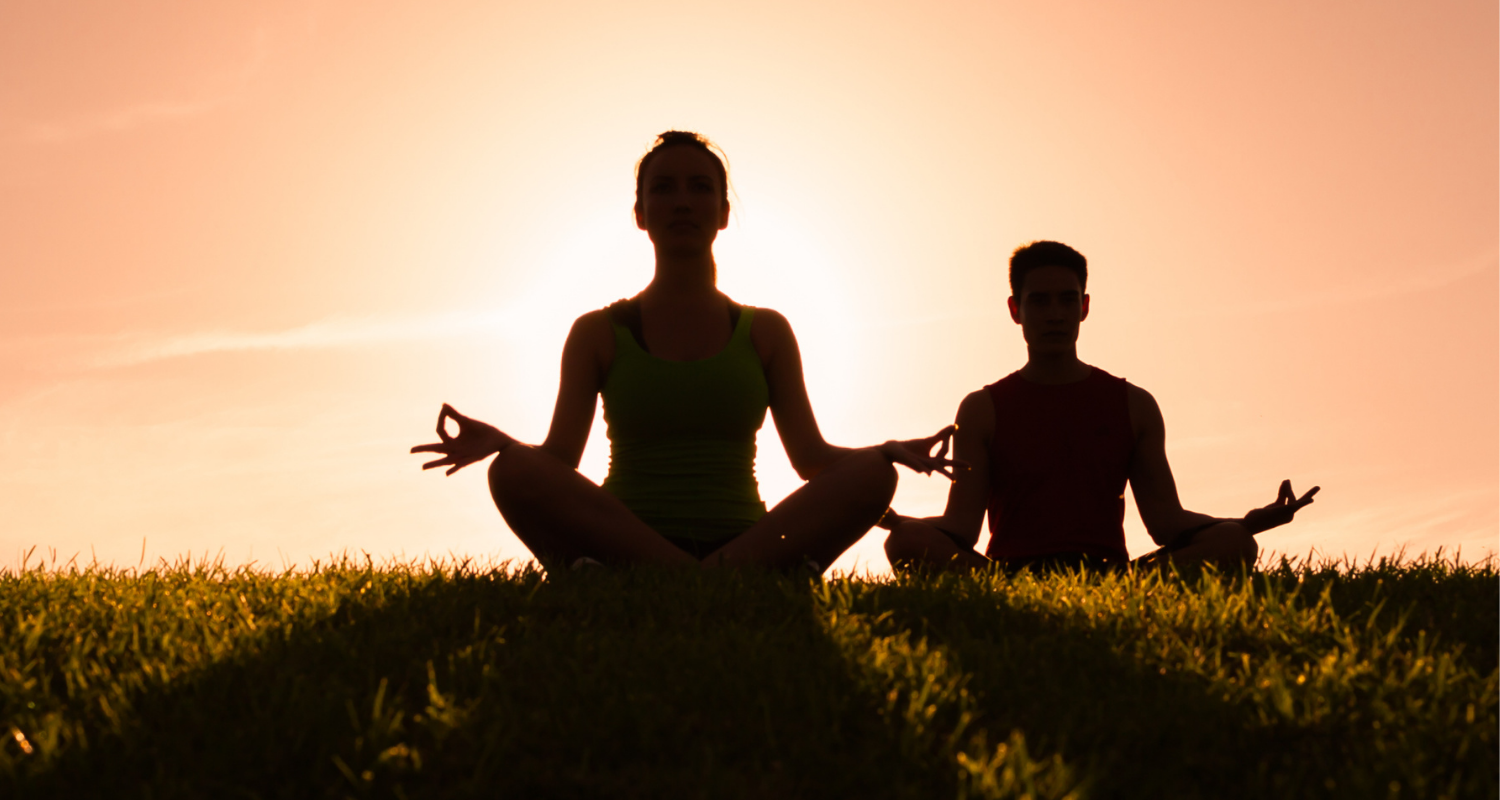While a little stress keeps us focused and motivated, too much is debilitating and depressing. Stress is a sense of urgency originating in the primal fight-or-flight response. The chemical overload of high, ongoing stress from work to exercise drains our nervous system, saps our energy levels, and can overwhelm us. To calm down and purge tension, you can use meditation techniques to keep going in the face of “everything.”
Meditation is a restorative practice of focus. It is calming and can yield immense relaxation and a sense of peace. A little relaxation might be served by kicking back in your favorite easy chair and listening to classical music at low volume. Meditation, on the other hand, is a more involved and deliberate path to deep relaxation and perspective.
Meditation Basics
Meditation can be a religious practice but it doesn’t have to be. Meditation and prayer are alike in that they are restrained, deliberate, focused, and usually occur at least once a day. In both cases, you remain aware of your thoughts. When meditating, though, your thoughts should not become a distraction.
The basics of meditation are the following:
- Finding a quiet place without distractions; solo or group meditation is possible.
- Assuming a slowly-shifting posture or a static position; normally, people sit but you can meditate standing, kneeling, lying, or moving.
- Focusing attention on your basic existence and simple sensations – like your heart beat.
- Having a transparent nature or attitude; outside forces are there but they’re having no effect on you and you make no judgment on the world around you in your meditative state.
Now, you don’t want fall asleep! If you fall asleep while meditating, consider meditating at a different time of day or in a different posture.
Meditation Techniques
Meditation’s efficacy in provoking a strong relaxation response may depend on your stress response. If you tend to get:
- Jumpy, angry, and anxious under stress, meditation with deep breathing and visualized calm is a good counter.
- Depressed or withdrawn, a more active meditation such as tai chi may better suit you.
- Paralyzed or frozen, the simultaneous safety and stimulation of walking a quiet path in a garden or yoga will be most effective.
Existential mindfulness is a basic technique of personal observance in the moment. This is a very easy technique that can involve something simple – like listening to yourself breathe.
Visualization, or “going to your happy place,” is another basic technique. Imagine a scene or circumstance that calms you. This can be helped by playing recorded sounds of nature – like rain.
Progressive muscle control is a meditative technique whereby you systematically and slowly tense, one by one, every muscle you can consciously control in your body. Squeeze as tightly as you can, hold for a few seconds as you take a moment to focus on how it feels, and then slowly release. Progressive muscle relaxation teaches body awareness and control and is practiced in yoga and tai chi. Control of muscle tension helps identify and counteract stress-driven muscle tension.
Body scan meditation is a similar technique to progressive muscle relaxation. However, the focus is on bodily sensations. Simply think about each part of your body in the same deliberate fashion, noting pain, tingling, and other sensations moving from your head to toes.
Breathing
Breathing more fully and deeply can help bring focus and mental clarity. First, paying attention to how you breathe is a reason to concentrate. Second, it pulls more oxygen into the lungs. Deep breaths are usually slower breaths and slower breathing slows down your whole body. Breathing exercise can improve blood pressure, calm a racing heart rate, and break the tension in muscles.
Draw in as much air as possible, hold it for a moment, and slowly exhale. Try breathing in over the course of a few seconds, pause and then slowly exhale. Give yourself a chance to feel your torso expand and let other thoughts melt away. When you exhale try to ensure that you fully empty your lungs. Listen to the sounds of your inhalation and exhalation.
A Sound Mind and Body
Staying fit is a physical and mental process and meditation techniques can be a valuable part of a comprehensive approach a sound mind and body. Make a schedule and set aside 10 minutes to an hour for daily meditation. You could try incorporating mindfulness or body scan meditation into the cardiovascular segment of your existing exercise routine. Instead of staring at a TV as you’re on the stair climber or treadmill, focus instead on everything you’re feeling in your body. The practice of these meditation techniques should improve your ability to cope with stress and make you more resilient in the face of life’s hardships.

Leave a Reply